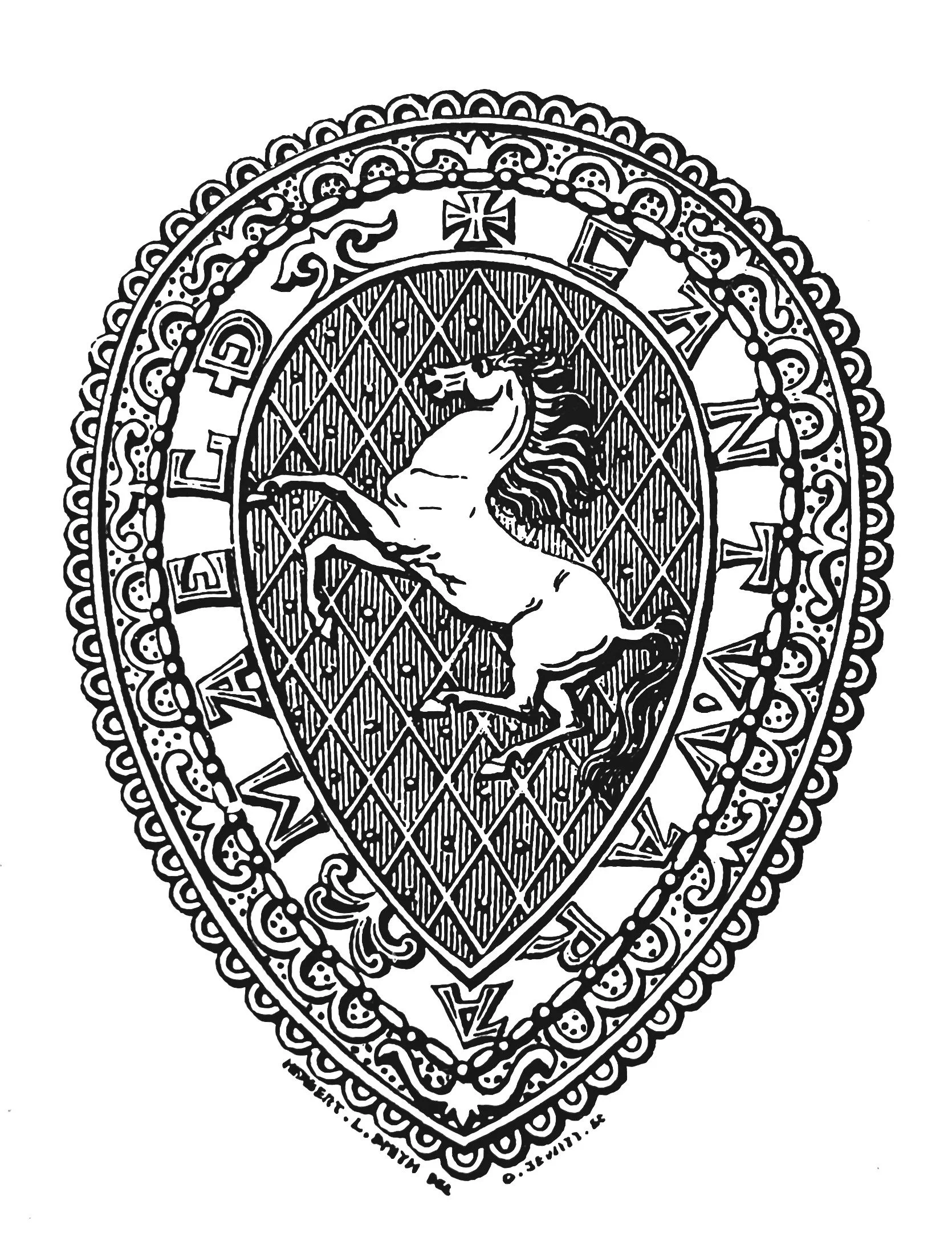
KAS Newsletter, Issue 24, Spring 1993
Dover prehistoric boat discovery, geoarchaeology, Kent's ancient badge, and more.
Contributions to the next issue are welcome. See the guidance for contributors and contact Editor Craig Campbell.
Search page
Search within this page here, search the collection page or search the website.
Previous
Previous
Certificate in Archaeology
Next
Next
The Prehistoric Boat at Dover
Written By KAS
Featured
A. C. Harrison, 1993, KAS Newsletter, Issue 24 (Spring 1993). Maidstone: Kent Archaeological Society.
KAS Newsletter, Issue 24 (Spring 1993). Maidstone: Kent Archaeological Society.
L. Ilott, 1993, KAS Newsletter, Issue 24 (Spring 1993). Maidstone: Kent Archaeological Society.
KAS Newsletter, Issue 24 (Spring 1993). Maidstone: Kent Archaeological Society.
Gill Holt and Sheila Broomfield, 1993, KAS Newsletter, Issue 24 (Spring 1993). Maidstone: Kent Archaeological Society.


